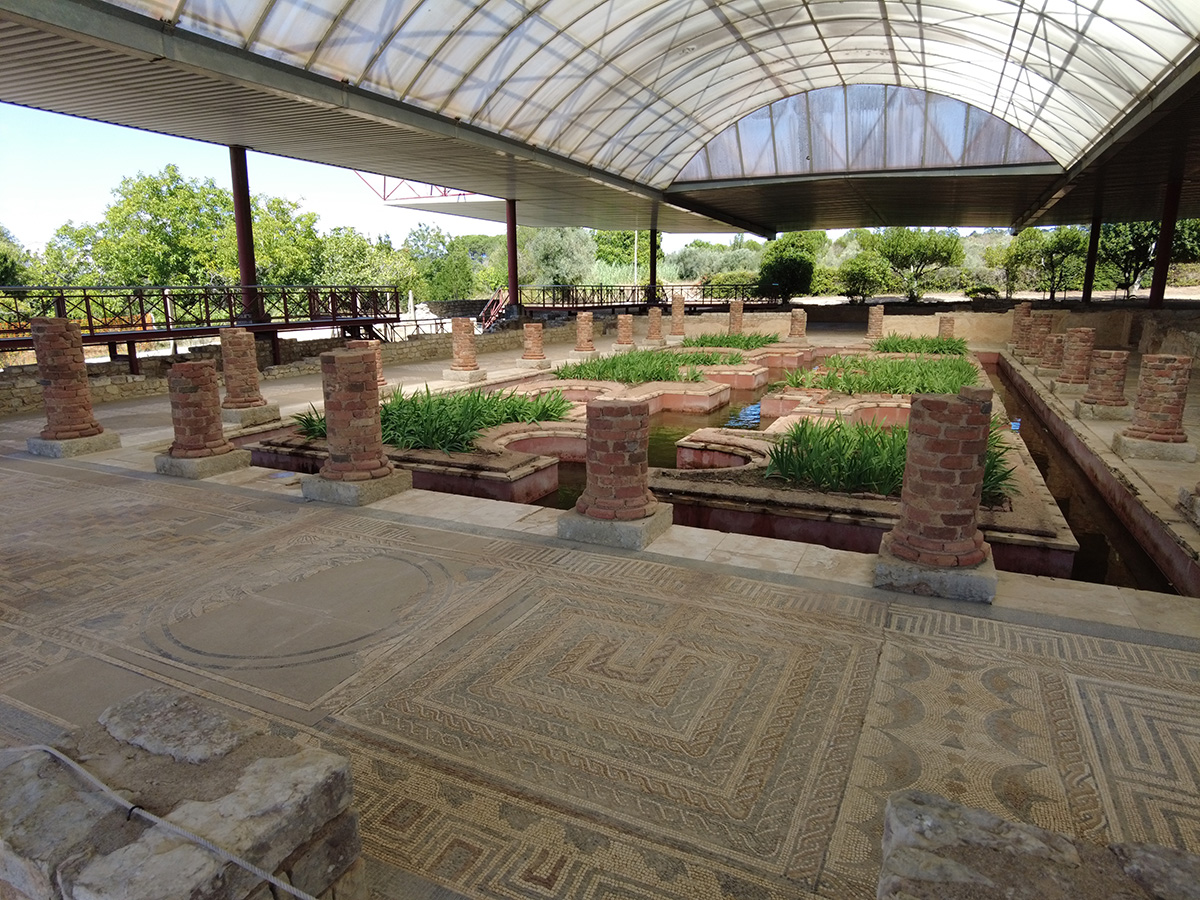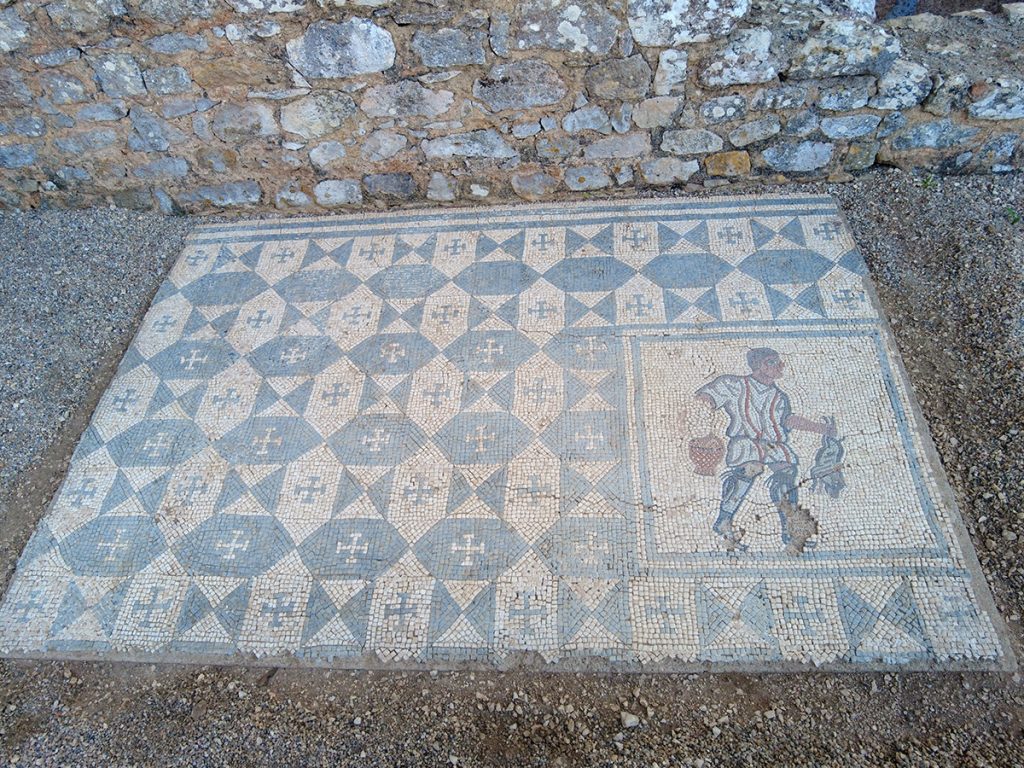Pão com Chouriço: A Must-Try Delight for Foodies in Portugal
If you’re planning a trip to Portugal or just happen to be driving around the country, get ready for an unforgettable food adventure! Today might be “Foodies Wednesday,” but for me, it’s “Foodie Every Day”—and if you’re anything like me, you’ll soon understand why. Let me introduce you to a simple yet iconic Portuguese treat: Pão com Chouriço.
What is Pão com Chouriço?
Imagine this: you’re strolling through Portugal’s scenic roads, and suddenly, your senses are captured by the delicious, smoky aroma of freshly baked bread. That’s when you realize you’re standing in front of a modest food truck, unassuming yet packed with culinary magic. Welcome to the world of Pão com Chouriço, a warm, soft bread roll stuffed with succulent Portuguese chouriço.
The Magic of the Food Truck Experience
In Portugal, some of the best Pão com Chouriço experiences can be found on the go. As you approach a mobile bakery, the warmth of a wood-fired oven beckons you closer. It’s not just a snack; it’s a mobile bakery paradise that radiates a homey and inviting atmosphere.
Inside the food truck, skilled bakers are hard at work, creating these simple yet mouthwatering delicacies with care. A perfectly baked roll, warm and fluffy, with slices of juicy, smoky chouriço baked right into the dough. It’s a combination that’s as simple as it is delicious, and one bite is all it takes for a flavor explosion in your mouth.
Where to Find Pão com Chouriço in Portugal
While food trucks are a fantastic way to experience Pão com Chouriço, you don’t have to rely on them alone. This Portuguese staple can be found in many bakeries across the country, each adding its own local flair to the recipe.
Have you been to Óbidos? If not, you might have missed out on one of the most famous stops for Pão com Chouriço. Head to Capinha, a well-loved bakery in the charming medieval town. It’s known for its freshly baked bread, warm from the oven and filled with chouriço that bursts with flavor.
Embrace the Taste of Portugal
Now that you know about this local delight, make it your mission to seek it out on your travels. Whether you discover a hidden food truck or stumble upon a cozy bakery, follow the mouthwatering aroma, and indulge in a bite of authentic Portuguese flavor.
Trust me, this is a culinary experience you won’t forget. I’ve already enjoyed my share today, and I encourage you to join the Pão com Chouriço fan club!
Calling All Foodies!
So, tag your fellow food lovers, gather your friends, and hit the road. Embrace the flavors, savor the experience, and let your taste buds dance with delight. Bom apetite, my friends!
#Foodies #Useful_Tips #Portugal_Unplugged





















